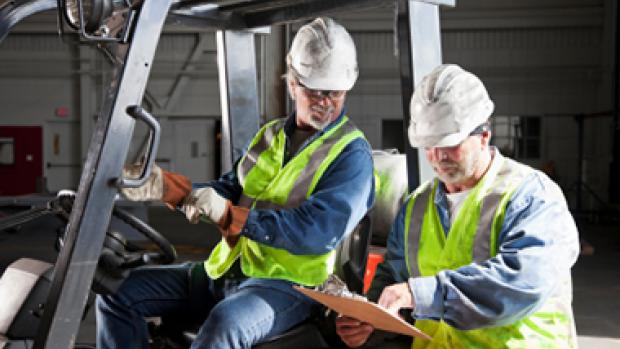Payroll Tax Rebate Scheme – Jobs Action Plan Posted on October 9, 2018

The Jobs Action Plan has been extended to 30 June 2015.
The Rebate has been inreased from $4000 to $5000 for new jobs created on or after 1 July 2013 and provides for payment of the rebate in two parts:
-
$2000 will be paid at the end of the first year of employment, and
-
$3000 will be paid at the end of the second year of employment.
Forty per cent of the new jobs will be prioritised for non-metropolitan areas of NSW, with the remaining 60 per cent in metropolitan areas.
Eligible Locations
Metropolitan area – being the area constituted by the following Local Government Areas:
-
Ashfield, Auburn, Bankstown, Blacktown, Blue Mountains, Botany Bay, Burwood, Camden, Campbelltown, Canada Bay, Canterbury, Fairfield, Gosford, Hawkesbury, Holroyd, Hornsby, Hunters Hill, Hurstville, Kogarah, Ku-ring-gai, Lane Cove, Leichhardt, Liverpool, Manly, Marrickville, Mosman, North Sydney, Parramatta, Penrith, Pittwater, Randwick, Rockdale, Ryde, Strathfield, Sutherland Shire, Sydney, The Hills Shire, Warringah, Waverley, Willoughby, Wollondilly, Woolahra and Wyong
-
Newcastle
-
Woollongong
Non-metropolitan area includes that part of the State that does not fall within the metropolitan area.
Application for registration
Employers are required to register the employment of a person in a position that is a new job and advise the number of NSW FTE employees immediately before the position was filled. Registration may be made:
-
by an employer who is registered and paying payroll tax in NSW
-
within 30 days after the employment to which the application relates first commences.
Application for registration for the Payroll Tax Rebate Scheme (Jobs Action Plan) is available at www.osr.gov.au
Eligible employment
Employment is eligible employment if:
-
a person is employed (full-time or part-time) in a position that is a new job, and
-
the employment commences on or after July 2011, and
-
the employment is maintained for a period of at least two years, and
-
the services of the employee are performed wholly or mainly in NSW, and
-
the employment is not excluded from the rebate scheme.
New job
A position is a new job if the employment of a person in that position results in a sustained increase in the employer’s NSW FTE employees. This increase must be sustained on both the first and second anniversaries of the date the employment commenced and throughout the two years to be eligible for the full rebate. However, if employment is only maintained for the first year then the rebate will only be paid for that year. If the NSW FTE falls below the NSW FTE required for the payment of the rebate for more than 30 days at any time during the year, the Chief Commissioner may refuse to pay the rebate.
Calculation of the number of NSW FTW employees
The number of NSW FTE employees of an employer on the date of appointment of a new employee (excluding the new employee) and on the first and second anniversary of a new employee’s appointment (including the new employee) is the sum of F + A/B, where:
F = the number of full time NSW employees on that date
A = the total number hours worked in the preceding day period by all part-time NSW employees employed on that date.
B = the average number of hours worked in the preceding day period by all full-time NSW employees employed on that date.
The Chief Commissioner may agree to an alternative method of calculating the number of NSW FTE employees if it is too difficult or costly to determine the exact figures.





